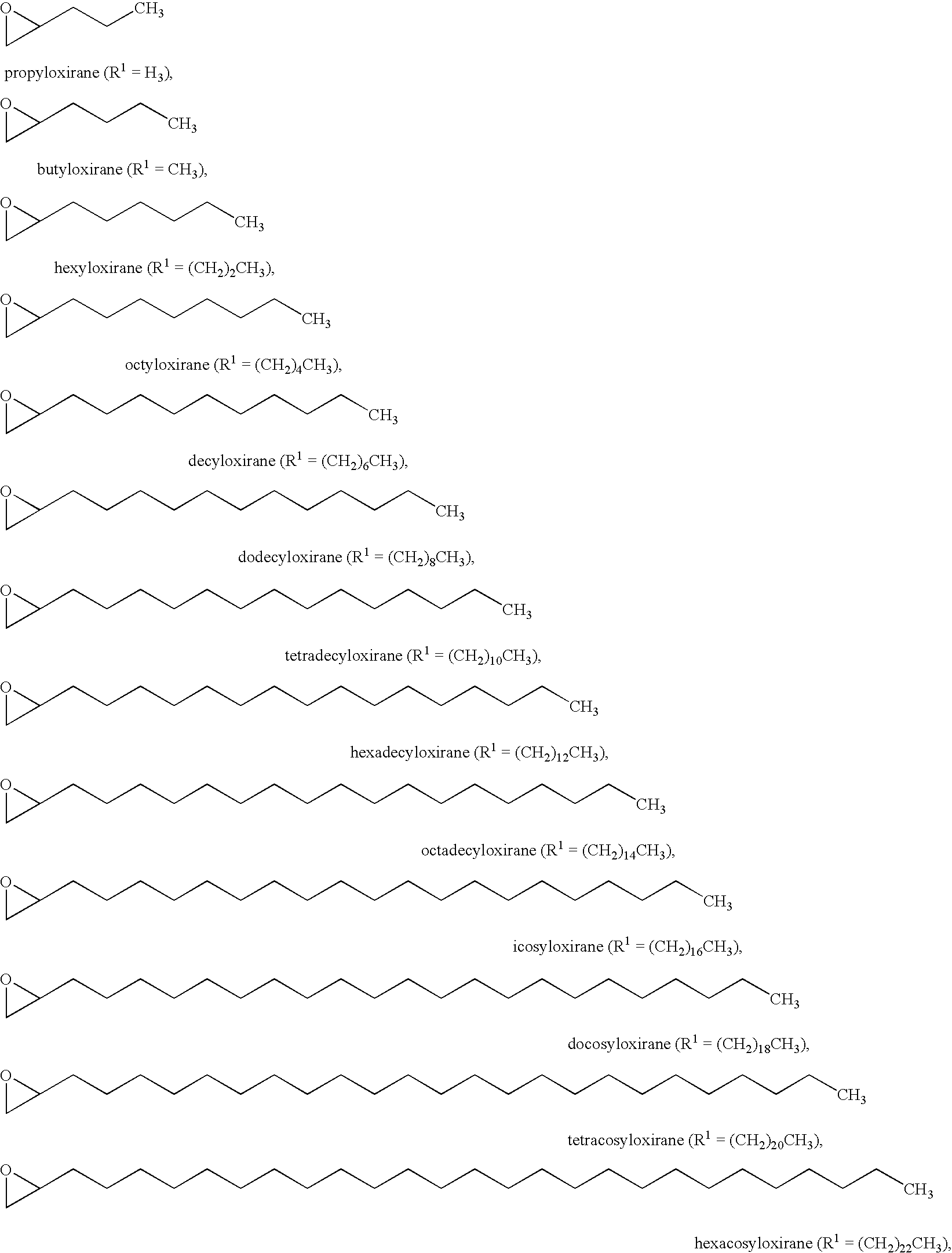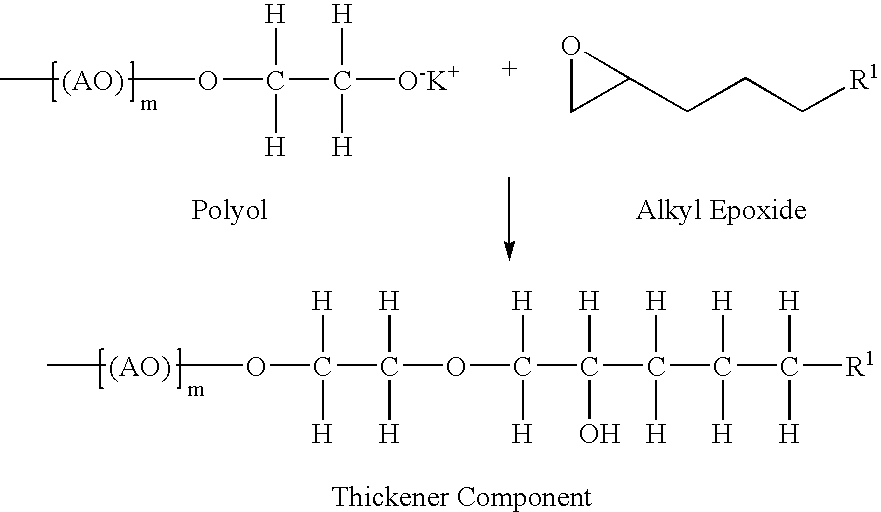Pesticide composition
a technology of pesticide composition and composition, applied in the field of pesticide composition, can solve the problems of low retention on the target, decrease in the amount of pesticide composition reaching the target, and disadvantages of pesticide composition use, so as to reduce the tendency of pesticide composition, and improve the rheological properties of pesticide composition
- Summary
- Abstract
- Description
- Claims
- Application Information
AI Technical Summary
Benefits of technology
Problems solved by technology
Method used
Image
Examples
examples
[0033] A series of pesticide compositions, Compositions 1 through 14, are formulated according to the present invention. A series of comparative pesticide compositions, Comparative Compositions 1 and 2, are also formulated but do not include the pesticide composition of the present invention. A spray particle size distribution is measured for the Compositions 1 through 14 and the Comparative Compositions 1 and 2. The Compositions 1 through 14 and the Comparative Compositions 1 and 2 are sprayed through either a flat fan nozzle (8003) or a disc-core nozzle (D6-45), to form a plume of droplets, under simulated ground spray application in a wind tunnel.
[0034] Specifically, each of the Compositions 1 through 14 and the Comparative Compositions 1 and 2 are formulated by adding 5 parts by weight of a pesticide as a concentrate to 100 parts by weight of tap water, in separate 5 gallon containers. Additionally, for each of the Compositions 1 through 14, varying amounts of a thickener compo...
PUM
 Login to View More
Login to View More Abstract
Description
Claims
Application Information
 Login to View More
Login to View More - R&D
- Intellectual Property
- Life Sciences
- Materials
- Tech Scout
- Unparalleled Data Quality
- Higher Quality Content
- 60% Fewer Hallucinations
Browse by: Latest US Patents, China's latest patents, Technical Efficacy Thesaurus, Application Domain, Technology Topic, Popular Technical Reports.
© 2025 PatSnap. All rights reserved.Legal|Privacy policy|Modern Slavery Act Transparency Statement|Sitemap|About US| Contact US: help@patsnap.com



